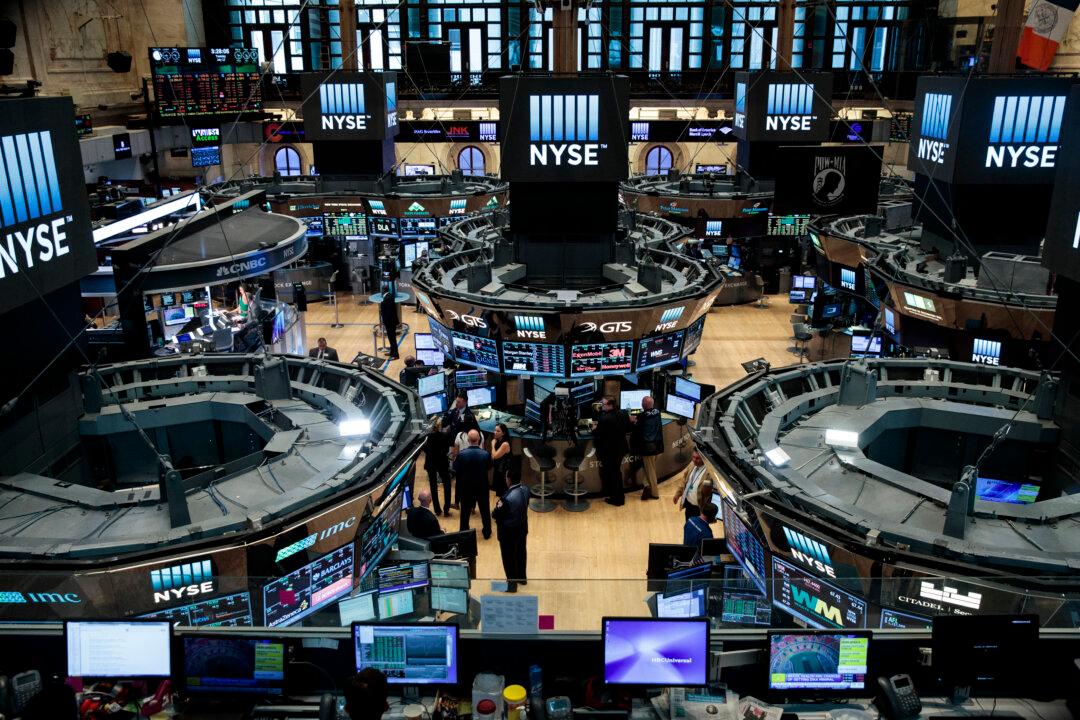July 20 marked the seventh all-time closing high for the S&P 500 this month. The Dow’s nine-day winning streak is its longest in more than three years. Meanwhile, the U.S. 10-year Treasury bond yield is not too far from its all-time low of 1.37 percent.
So how are stocks at record highs if bond yields are near record lows?
Low bond yields signal low inflation and poor macro fundamentals for stocks—weak economic growth. But also, U.S. bond yields have been dragged lower by negative rates in Europe and Asia. Bouts of U.S Treasury bond flight-to-safety buying, which lowers the yield, arise from uncertainty-creating events like Brexit.
The International Monetary Fund downgraded its global growth forecast on July 19 due to Brexit, which it calls an “important downside risk for the world economy.” The forecast was shaved by 0.1 percent to 3.1 percent for 2016 and 3.4 percent for 2017. The U.S. forecast was cut 0.2 percent to 2.2 percent for 2016 and left at 2.5 percent for 2017.
No Fear
The S&P 500 laughed off Brexit. Since the post-Brexit low on June 27, it’s up 8.6 percent.
Helping power stocks forward is an improving earnings outlook and higher valuation.
It’s relatively early in second-quarter earnings season, but after a dismal first quarter, earnings appear to have bottomed. And near-record-low bond yields have helped price-earnings (P/E) multiples expand.





